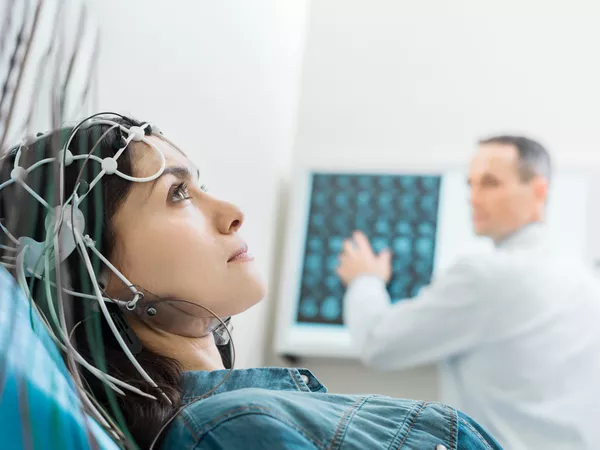EDITORIAL
Published on 26 Oct 2020
Editorial: Brain Plasticity and Contribution of the Emotional Brain to Neural Remodelling After Injury
doi 10.3389/fneur.2020.606271
- 2,331 views
- 6 citations
14k
Total downloads
67k
Total views and downloads
EDITORIAL
Published on 26 Oct 2020
ORIGINAL RESEARCH
Published on 17 Jul 2020

REVIEW
Published on 30 Jun 2020

REVIEW
Published on 18 Feb 2020

CASE REPORT
Published on 07 Feb 2020

ORIGINAL RESEARCH
Published on 12 Nov 2019

